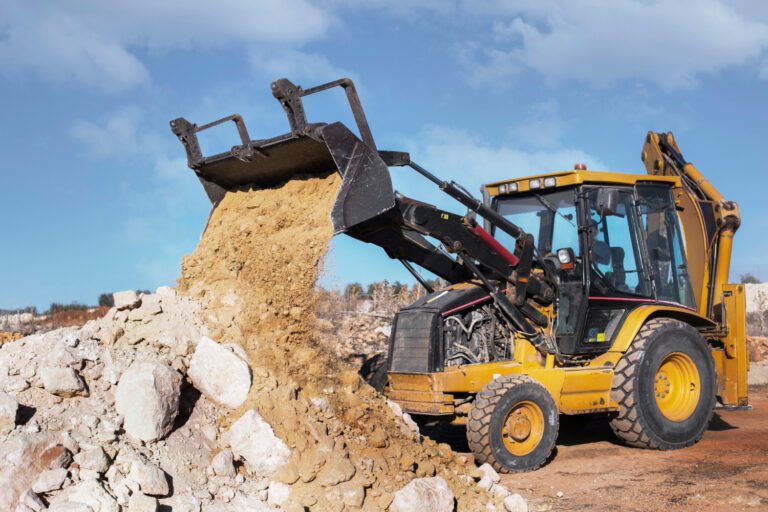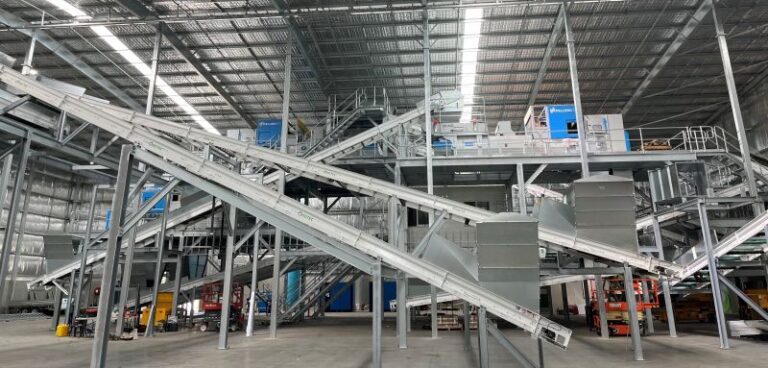
How Industrial Recycling Equipment is Changing the Fate of Plastic
Plastic remains one of the most dangerous threats to our environment, with millions of tonnes of waste generated worldwide every
Shredders size reduce large plastic items into smaller sizes to facilitate easier handling, screening and sorting in preparation for further upstream steps like washing and extruding.
They improve uniformity and get the material ready for extrusion by refining the shredded plastic into smaller grains. It is a necessary step for effective production of high quality extruded products.
It is used to cut melted plastic into uniform cylindrical pellets using a die. These pellets are easy to handle and are reused in manufacturing, reducing raw material costs and ensuring consistent quality in new products.

Plastic remains one of the most dangerous threats to our environment, with millions of tonnes of waste generated worldwide every

The construction and demolition (C&D) industry generates one of the largest waste streams worldwide, producing millions of tons of debris

Did you know Australian businesses generate over 7.4 million tonnes of waste annually? Most of it, plastics, packaging, textiles, and

It has been reported that Australia generates over 76 million tonnes of waste annually, with more than 32 million tonnes

Did you know that industries produce almost 50% of the world’s total waste, which is almost over 2 billion tons?

When it comes to industrial shredding, one of the biggest decisions businesses face is choosing between a mobile shredder and